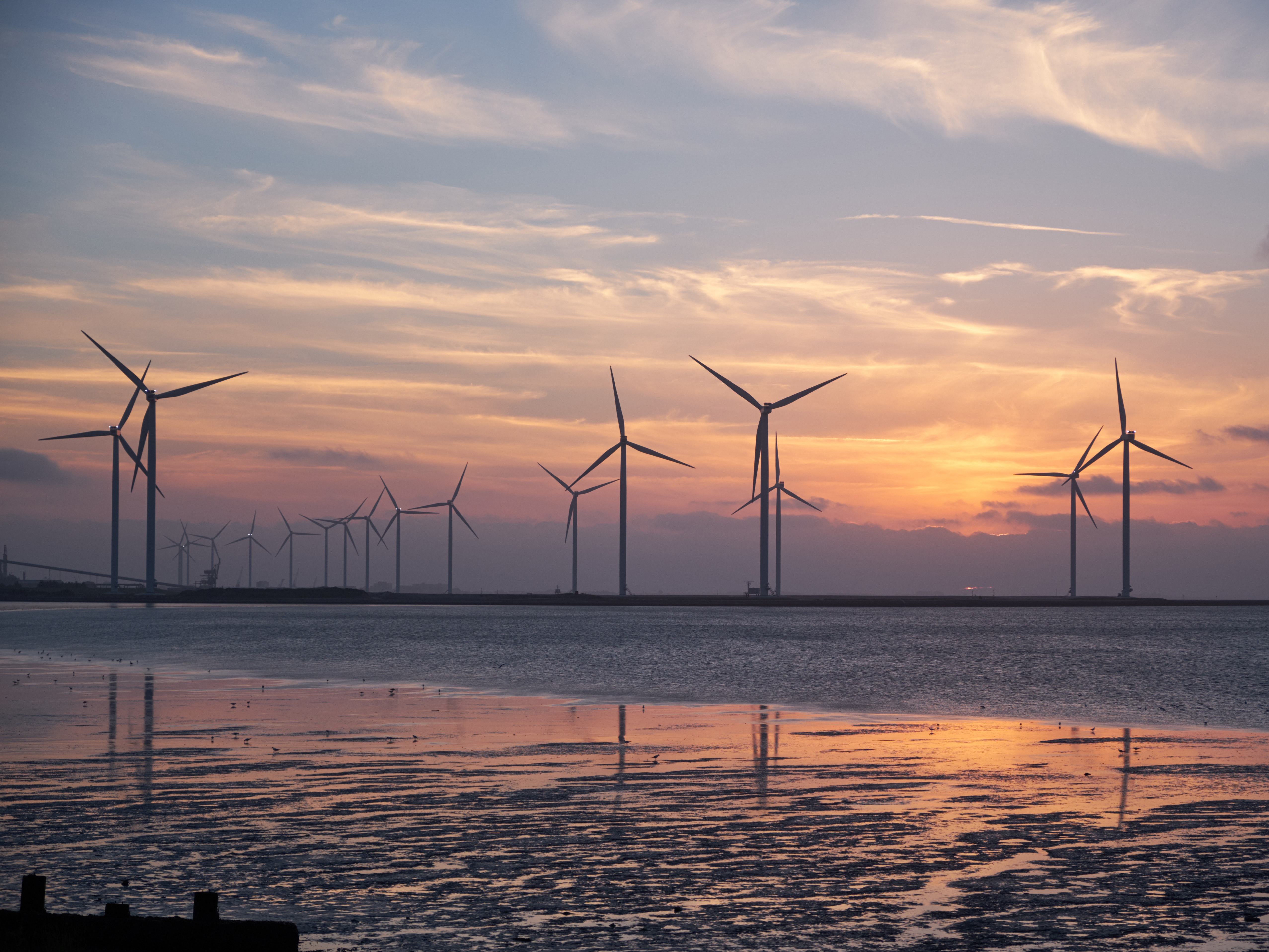
Visit Our Sponsors |
|
|
|
|
|
|
|
|
|
|
|
|
|
|
|
|
|
|
|
|
|
|
|
|
|
|
|
|
|
|
|
|
|
|
|
|
|
|
|
|
|
|
|
|
|
|
|
|
|
|
|
|
|
|
|
|
|
|
|
|
|
|
|
|
|
|

The long-stalled push to build massive wind farms in the Atlantic Ocean along the U.S. East Coast took a crucial step forward Tuesday as the Biden administration approved plans for a project off Martha’s Vineyard.
The $2.8 billion installation proposed by Vineyard Wind LLC will be the first major wind farm in waters off the U.S., which has lagged behind Europe and Asia in generating power at sea. It sets the stage for other developers seeking approval to build more than a dozen other wind projects from Massachusetts to North Carolina.
“The whole industry has been watching and waiting for this permit,” said Jonathan Cole, head of offshore wind for Iberdrola SA, the parent company of Avangrid Inc., which is jointly developing Vineyard Wind with Copenhagen Infrastructure Partners.
The project will have a capacity of 800 megawatts, enough to power about 400,000 East Coast homes. It’s a significant step toward meeting President Joe Biden’s goal of deploying 30,000 megawatts of offshore wind capacity by the end of the decade. While two small wind farms now operate in waters off the U.S. East Coast today, no other major offshore wind project has progressed this far in the federal permitting process.
“This approval should signal ‘go’ to all the supply chain companies that were waiting to see if the industry would move to commercial scale construction,” said Liz Burdock, president of the Business Network for Offshore Wind.
The Interior Department’s authorization puts the project on track to begin supplying power in 2023. It’s unclear, however, whether Vineyard Wind will survive potential legal challenges that are expected from fishing groups and others. The outcome of any lawsuits could set significant precedent for other proposed projects.
Vineyard Wind Chief Executive Officer Lars T. Pedersen struck a confident tone during a call with reporters. “We feel very, very comfortable,” given the “extremely thorough process” the government used to analyze the project, he said.
The Vineyard Wind project is set to be built 12 nautical miles (22.2 kilometers) off Martha’s Vineyard and 12 nautical miles off Nantucket. It’s farther from shore than the failed Cape Wind project, which was once the vanguard of American clean energy but faltered in 2017 after a 16-year battle with the likes of the Kennedy family and billionaire industrialist Bill Koch.
Under the Interior Department’s approval, the Vineyard Wind project would encompass as many as 84 wind turbines, each separated by at least one nautical mile. The authorization follows years of scrutiny, including how a surge of coastal wind projects will affect marine life and the fishing industry.
Fishing groups argue that the project’s design and the government’s environmental reviews are inadequate.
The Responsible Offshore Development Alliance, which represents fishing interests, said the project design could force some large boats to lose time and revenue navigating around the site. While developers made changes to their initial turbine placement plans -- orienting them in a north-south and east-west grid -- that wasn’t sufficient to address the problem, said Annie Hawkins, executive director of the group.
Other concerns about icing and radar interference from turbines were largely ignored, Hawkins said. “It certainly appears they haven’t taken measures to mitigate fisheries impacts.”
The Interior Department itself has acknowledged the project could impact commercial fisheries and recreational fishing. Bureau of Ocean Energy Management Director Amanda Lefton said the agency engaged in a “robust outreach process” to balance varied marine interests and included steps to mitigate potential harm to commercial fishing.
Interior Secretary Deb Haaland said the project underscores that “a clean energy future is within our grasp in the United States.”
RELATED CONTENT
RELATED VIDEOS
Timely, incisive articles delivered directly to your inbox.






